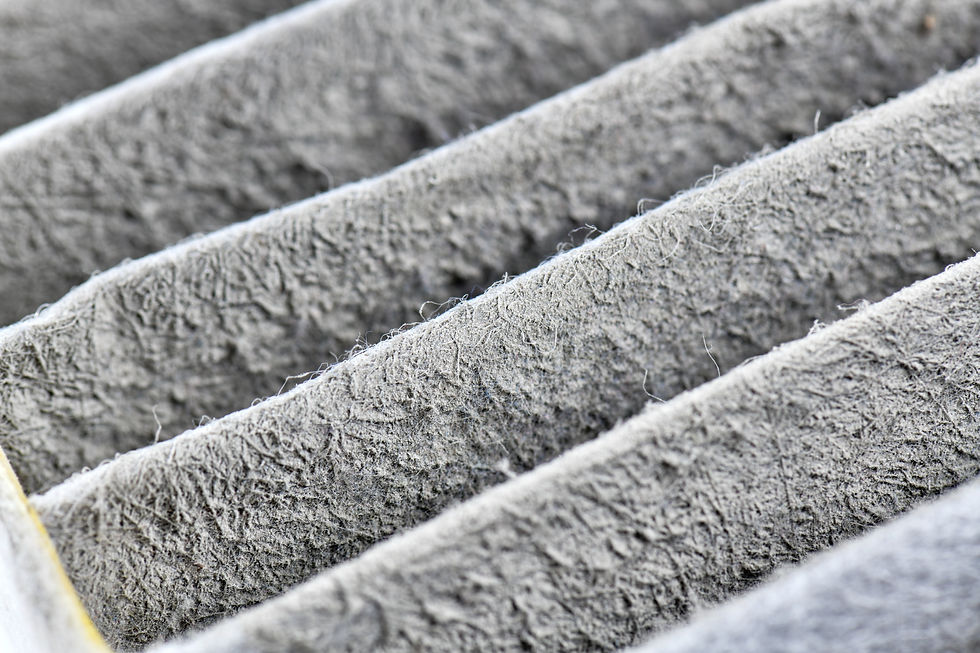7 Daily Habits to Improve Indoor Air Quality (IAQ)
- Jennifer Crowley
- Aug 1, 2023
- 2 min read
Updated: Jul 8, 2024

Maintaining a healthy living environment is crucial for our overall well-being, and one aspect often overlooked is the quality of the air we breathe indoors. Poor indoor air quality can adversely affect our health, leading to respiratory issues, allergies, and other related problems. The good news is that you can adopt several simple yet effective daily habits to improve the air quality in your indoor space. In this blog, we will explore some of these habits you can incorporate into your daily routine to ensure cleaner and fresher indoor air.
1. Keep Your Space Clean
Regular cleaning is essential to remove dust, dirt, and other pollutants that accumulate over time. Dust surfaces, vacuum carpets and rugs, and mop floors to eliminate allergens and improve indoor air quality. Remember to clean curtains, upholstery, and bedding regularly to reduce the presence of dust mites and other allergens.
2. Ventilate Your Indoor Space
Proper ventilation is key to maintaining good air quality. Open windows and doors whenever possible to allow fresh air to circulate throughout your space. Additionally, consider using exhaust fans in the kitchen and bathrooms to remove pollutants generated from cooking, showering, or using cleaning products.
3. Avoid Smoking Indoors
Cigarette smoke contains a wide range of harmful chemicals that can linger in the air and negatively impact indoor air quality. If you or someone in your household smokes, it is essential to enforce a no-smoking policy indoors strictly. Encourage smokers to do so outside, away from open windows and doors.
4. Use Natural Cleaning Products
Many conventional cleaning products contain chemicals that can release harmful volatile organic compounds (VOCs) into the air. Opt for natural or eco-friendly cleaning products that are free from harsh chemicals. Alternatively, you can make your own cleaning solutions using simple ingredients like vinegar, baking soda, and lemon juice.
5. Control Humidity Levels to improve indoor air quality
Excessive humidity can lead to mould growth and the proliferation of dust mites, both of which can negatively impact indoor air quality. Use dehumidifiers in damp areas of your indoor space, such as basements or bathrooms, to keep humidity levels in check. Additionally, fix any leaks or water-related issues promptly to prevent mould growth.
6. Maintain Indoor Plants
Indoor plants not only add aesthetic value but can also help purify the air by absorbing certain pollutants. Consider incorporating air-purifying plants such as spider plants, peace lilies, or snake plants into your indoor space. Be sure to care for them properly by watering them adequately and keeping them free from pests.
7. Regularly Change Air Filters
Air filters in your heating, ventilation, and air conditioning (HVAC) system play a vital role in trapping dust, allergens, and other particles. Over time, these filters can become clogged, reducing their efficiency. As per the manufacturer’s guidelines, it is recommended to change your air filters regularly to ensure optimal performance and cleaner indoor air.





















